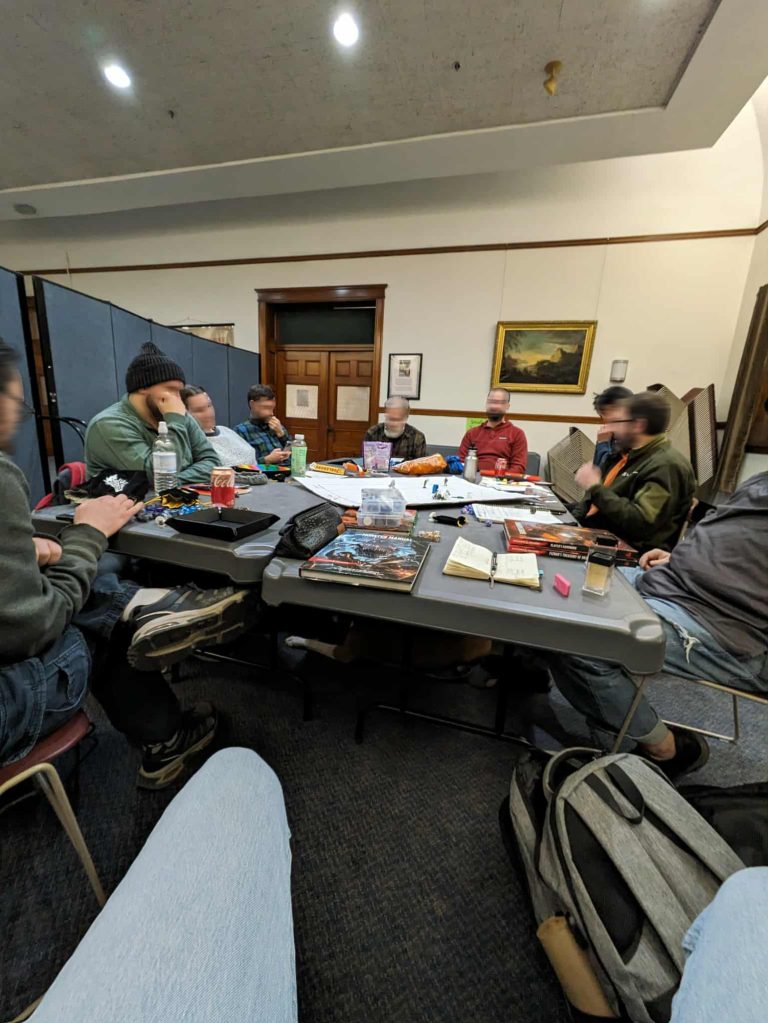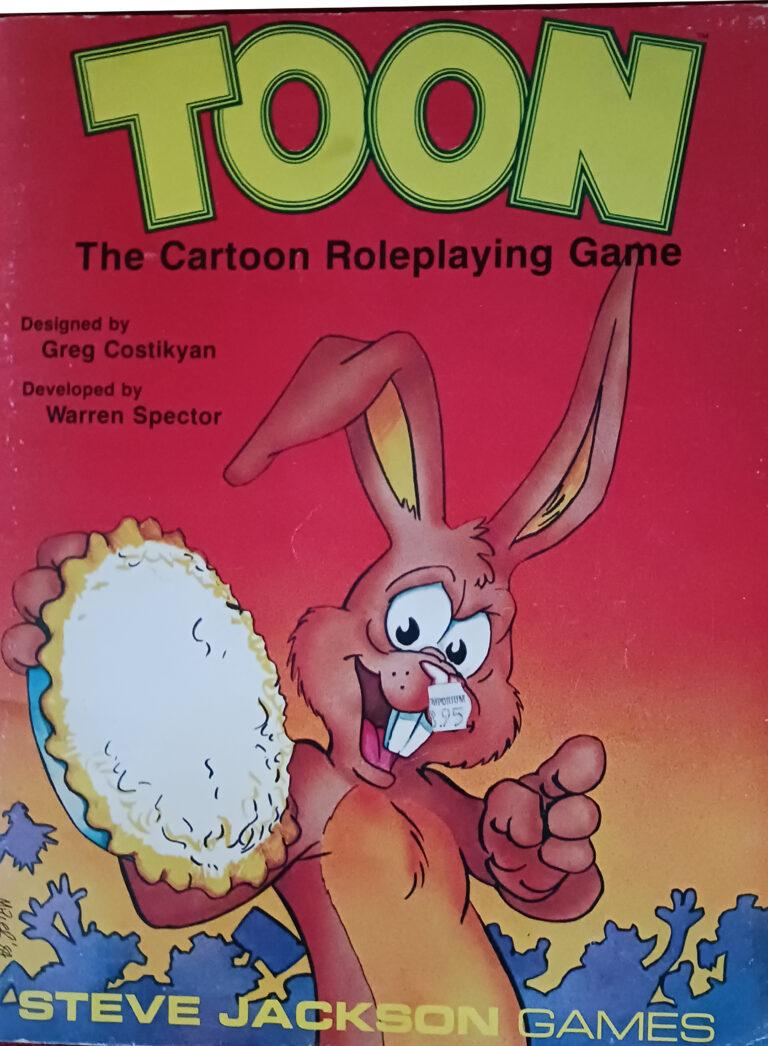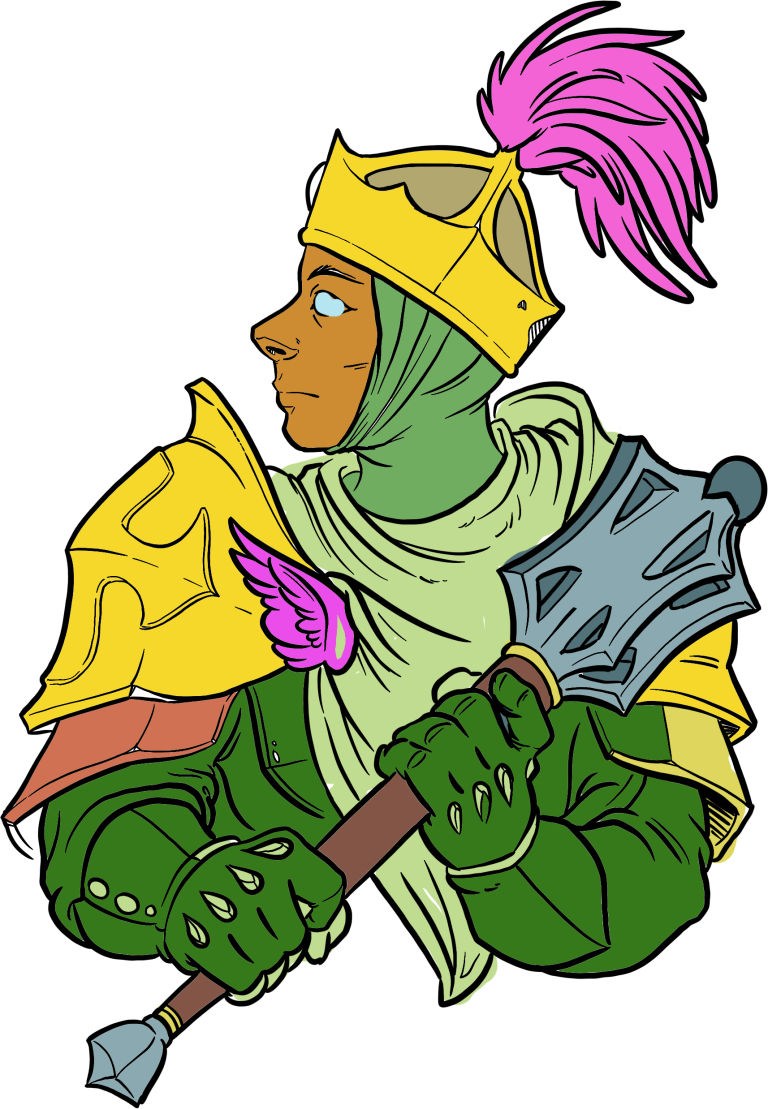It’s Wednesday so it’s time for another interview with a member of the TTRPG community! Today we’ll hear from Bruce R. Cordell.
What does he do? “I write games and novels. More games than novels these days, given that my day job is as a senior designer at Monte Cook Games. For a much more detailed look at what I do, please check out my credits on my blog at https://brucecordell.blogspot.com/2005/01/design-credits.html .”
You can find his blog at brucecordell.com, random thoughts on Facebook and Twitter (at https://www.facebook.com/bruce.cordell and https://twitter.com/BruceCordell), and his Patreon (for his latest novel writing) at https://www.patreon.com/brucecordell
Let’s get started!
What was the first TTRPG you played?
Around the time I was probably 12 (give or take a year), I watched with slack-jawed awe as the older scouts huddled around a lantern-lit picnic table during some late 70s summer camp playing D&D. An ogre was eating dwarves like a cartoon cat eats a fish, throwing the denuded skeletons behind him into a large pile. The PCs looked on, worried that they were next. It was beyond anything I had ever imagined that I could interact with. I was instantly hooked, and soon got my hands on a basic boxed set so I could play, too.
What artwork or piece of literature has inspired your TTRPG work?
Hundreds of novels have inspired me. Let’s see… one example in the last few years was a novel called Ancestral Night by Elizabeth Bear, a magnificent sci-fi book that certainly inspired some insights in The Stars Are Fire. I even have at least one quote from the novel author in the sourcebook, with Bear’s blessing:
“The great thing about space ships is that, by and large, they’re designed to be easy to get your ass into in a hurry, with all kinds of obvious and brightly colored emergency devices on their airlocks. So if you’re having a stroke, or you’re suffocating in your own flatulence, or your helmet is filling up with drinking water, or some other humiliating, ridiculous space disaster is about to turn you into a I-knew-a-guy-who-died-in-the-stupidest-way EVA story, you have a fighting chance getting inside blinded and deoxygenated, so your crewmates can pry your helmet off.”
~Elizabeth Bear, Ancestral Night
Describe a favorite scenario you ran in a TTRPG
One of my recent projects was as lead designer for Path of the Planebreaker. I ran a playtest for outside players who were surprised and excited when a cursed moon smashed through the boundaries of spacetime and spilled into the air above them, entangled with shredded reality. Then things got weird.
When you play at a physical table with real dice, do your dice have to match?
I have played in games where I had matching dice, picked out according to a theme. For instance, when I was playing a warlock with a star pact in Chris Perkins’ 4E D&D game, my dice were “Cthulhu” themed. When we wrote and produced The Strange RPG, which included special dice, I loved using those, although I was more often the GM than a player for that game.
But each game is different. In a game I’m currently playing in, no matching dice, just a mish-mash of dice that I happen to have with me.
What do you think is absolutely essential in creating a safe space for all in a TTRPG game?
I think creating a safe place for players is as simple as treating your players like you would your good friends; you’re all there to enjoy the experience, not to make someone feel bad or unsafe. This means having empathy, being aware of what you’re putting out there, and how your players are reacting. If you’re considering pushing the envelope on something, get sign-off ahead of time. And if something is not working for your players, do something else.
Thanks, Bruce!







